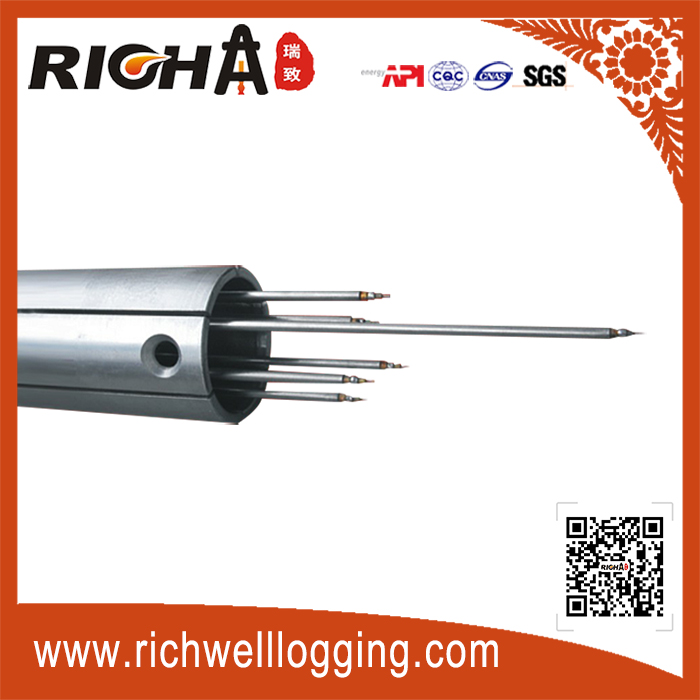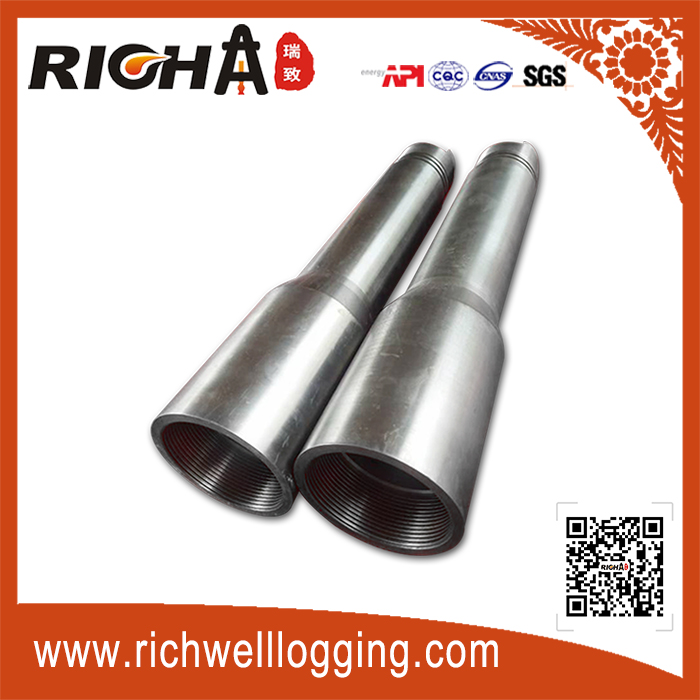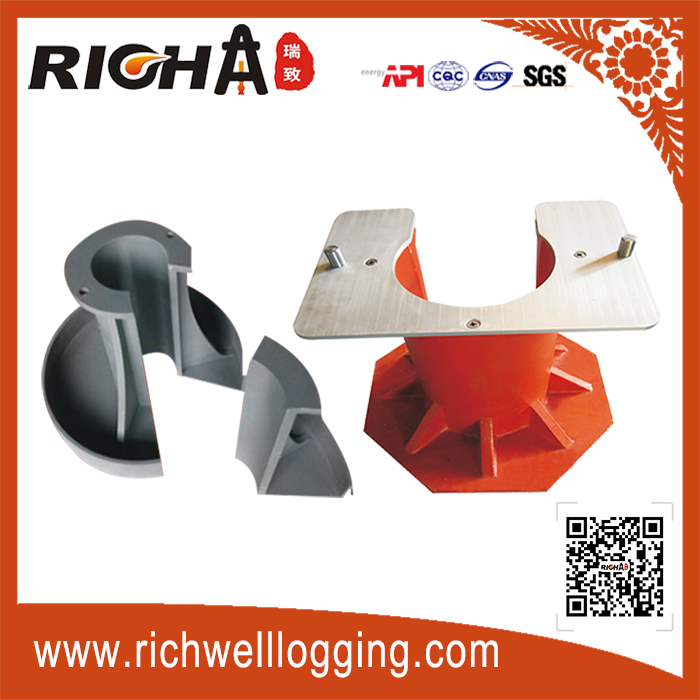Consultation Hotline:13629207777(WeChat Same Account)
Quality supervision:15229006666
After-sale service:029-86670108
Email:info@richwelllogging.com
Address:No. 388 Caotan 9th Road, Xi'an Economic and Technological Development Zone
Criteria for Evaluating the Quality of Insulators
In the early days, insulators were mainly used on utility poles. With technological advancement, they gradually evolved into disc-shaped insulators hung at one end of tall high-voltage transmission towers to increase the creepage distance. These are typically made of glass or ceramic and are collectively referred to as insulators.
Insulators serve two fundamental functions in overhead transmission lines: supporting conductors and preventing current from flowing to the ground. These two roles must be reliably ensured. Insulators must not fail due to changes in environmental or electrical load conditions that cause various mechanical and electrical stresses. Otherwise, the insulators will lose their critical function, jeopardizing the reliability and service life of the entire power line.
1. Standards for Acceptable Insulation Resistance
A. The insulation resistance of newly installed insulators should be greater than or equal to 500 MΩ.
B. The insulation resistance of insulators in operation should be greater than or equal to 300 MΩ.
2. Criteria for Determining Insulator Degradation
A. If the insulation resistance of an insulator is less than 300 MΩ but greater than 240 MΩ, it is classified as a low-value insulator.
B. If the insulation resistance is less than 240 MΩ, it is classified as a zero-value insulator.
Note: This method is generally not used to test the insulation resistance of composite insulators.
Due to the high mechanical strength of the surface layer of glass insulators, cracks are less likely to form. The electrical strength of glass usually remains stable throughout its service life, and its aging process is significantly slower than that of porcelain. Therefore, glass insulators are primarily discarded due to self-damage, which typically occurs within the first year of operation. In contrast, the weaknesses of porcelain insulators often only become apparent after several years in service.
Using glass insulators eliminates the need for live periodic preventive testing during operation. This is because every type of damage to tempered glass results in visible breakage, making it easy for inspection personnel to spot during line patrols. When an insulator is damaged, glass fragments become lodged near the steel cap and iron foot. The remaining mechanical strength of the insulator is sufficient to prevent the string of insulators from breaking apart.
The self-breakage rate of glass insulators is an important indicator of product quality and is also a key criterion in bidding and evaluation processes for transmission projects.
- China National Petroleum Corporation Maintains Stable Operations in the First Half of 2020
- Downhole Fiber Optic Sensing AUT-F100 for Oil and Gas
- Drilling Fluid Drilling: A Critical Step in Oil and Gas Exploration
- Testing of Composite Insulators in Operation
- Criteria for Evaluating the Quality of Insulators











